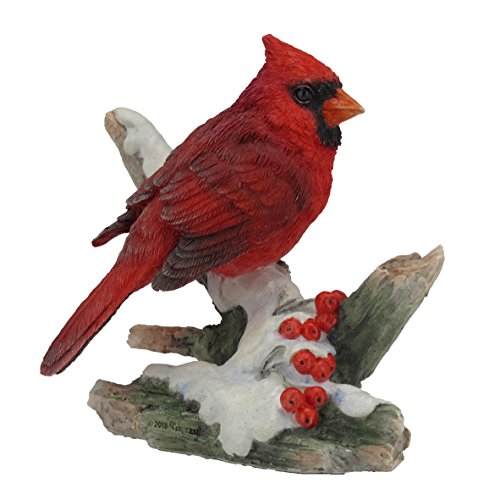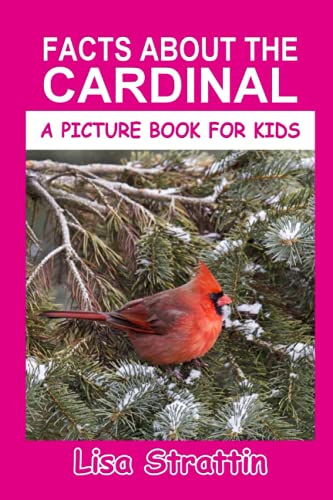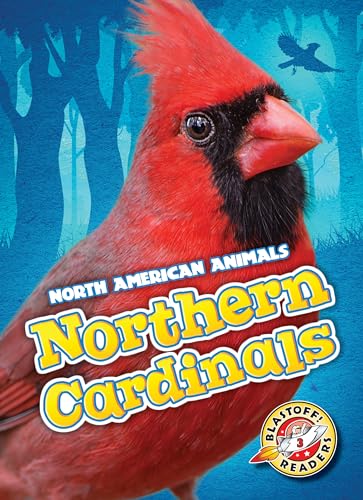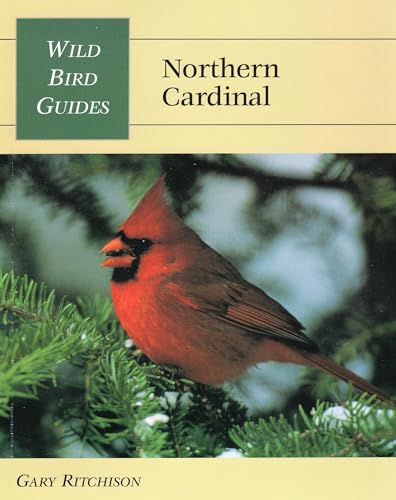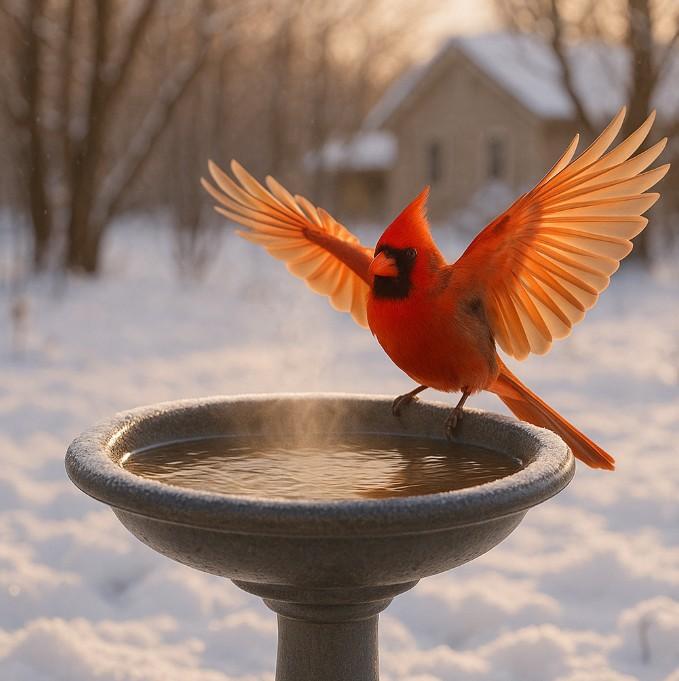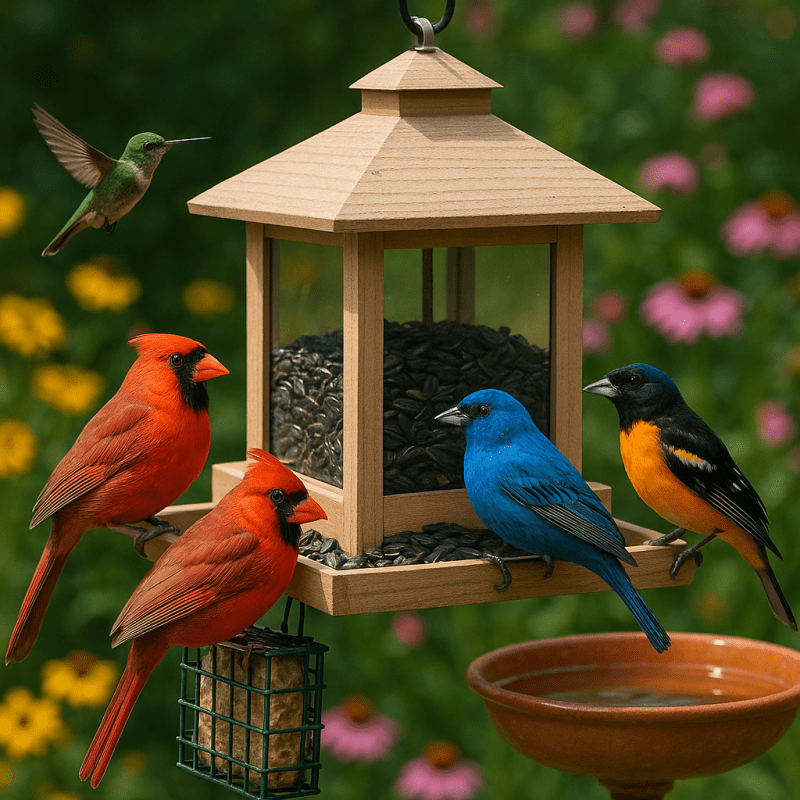The Northern Cardinal (Cardinalis cardinalis) is a striking and beloved songbird known for its vibrant red plumage and melodious song. Found throughout North and Central America, this bird captivates birdwatchers and nature enthusiasts alike. In this comprehensive guide, we’ll explore the Northern Cardinal’s habitat, diet, behavior, and its significance in various cultures, providing you with everything you need to know about this magnificent bird.
Habitat and Distribution
The Northern Cardinal is predominantly found in North America, ranging from southern Canada to northern Belize. Its habitat spans a variety of regions, including woodlands, gardens, shrublands, and wetlands. This adaptability allows the cardinal to thrive in both rural and urban environments.
Preferred Habitats
- Woodlands: Cardinals are often found in deciduous forests where they nest in dense thickets.
- Gardens and Backyards: They are frequent visitors to bird feeders and can easily adapt to suburban and urban settings.
- Shrublands and Wetlands: These birds are also common in areas with dense, low vegetation.
Physical Characteristics
The Northern Cardinal is easily recognizable due to its vivid coloration and distinctive features.
Male Northern Cardinals
- Color: Brilliant red plumage all over.
- Face: Black mask around the beak.
- Size: Medium-sized songbird, about 8-9 inches in length.
Female Northern Cardinals
- Color: More subdued, with a mix of brown and red hues.
- Face: Black mask similar to males but less pronounced.
- Size: Slightly smaller than males.
Unique Features
- Crest: Both males and females have a pointed crest on their heads.
- Beak: Thick, strong, and bright orange, ideal for cracking seeds.
Diet and Feeding Habits
The Northern Cardinal has a varied diet that changes with the seasons, showcasing its adaptability.
Summer Diet
- Insects: Beetles, grasshoppers, and caterpillars are common food sources.
- Fruits and Berries: Consumes a variety of berries, including those from dogwood, mulberry, and blackberry bushes.
Winter Diet
- Seeds: Sunflower seeds, safflower seeds, and cracked corn are staples during the colder months.
- Fruits: Persimmons and wild grapes are also consumed when available.
Feeding Behavior
- Ground Foraging: Often seen hopping on the ground in search of food.
- Bird Feeders: Readily visits feeders, especially those stocked with sunflower seeds.
Reproduction and Lifespan
The Northern Cardinal has a fascinating breeding cycle.
Breeding Season
- Timeframe: Late March to early September.
- Nesting: Nests are built by the female in dense foliage, often in shrubs or low trees.
Courtship and Mating
- Song: Males sing to attract females and establish territories.
- Feeding: Males feed females as part of courtship behavior.
Raising Young
- Eggs: Typically, 3-4 eggs are laid per clutch.
- Incubation: Female incubates the eggs for 11-13 days.
- Fledglings: Both parents feed the chicks, which leave the nest about 10 days after hatching.
Lifespan
- Average: 3-5 years in the wild, though some individuals live longer.
Behavior and Communication
The Northern Cardinal is known for its distinctive song and social behaviors.
Vocalizations
- Songs: Males are especially vocal, using a variety of whistles and trills.
- Calls: Both sexes use chip calls to communicate, especially during nesting season.
Social Behavior
- Territorial: Males are highly territorial during the breeding season.
- Flocking: In winter, cardinals often form small flocks, which can include other bird species.
Cultural Significance
The Northern Cardinal holds a special place in the hearts of many and is an important symbol in various cultures.
State Bird
- Recognition: The Northern Cardinal is the state bird of seven U.S. states: Illinois, Indiana, Kentucky, North Carolina, Ohio, Virginia, and West Virginia.
Symbolism
- Spiritual Significance: Often seen as a symbol of hope, renewal, and the presence of loved ones who have passed away.
- Folklore: In some traditions, seeing a cardinal is believed to bring good luck.
How to Attract Northern Cardinals to Your Backyard
Creating a cardinal-friendly environment can bring these beautiful birds to your doorstep.
Bird Feeders
- Type: Use feeders that can accommodate sunflower seeds, which are a favorite.
- Placement: Position feeders near dense shrubs or trees to provide cover.
Water Sources
- Birdbaths: Provide fresh water for drinking and bathing.
- Fountains: Moving water can be particularly attractive to cardinals.
Shelter and Nesting Sites
- Shrubs and Trees: Plant dense shrubs and small trees to offer nesting sites.
- Nest Boxes: While cardinals don’t typically use nest boxes, providing sheltered areas can encourage them to nest nearby.
Planting Native Flora
- Berries and Seeds: Plant native berry-producing shrubs and seed-bearing flowers.
- Cover Plants: Include evergreen trees and bushes to provide year-round cover.
Conclusion
The Northern Cardinal is a magnificent bird that brings color and song to its surroundings. Whether you’re an avid birdwatcher or simply enjoy the beauty of nature, the Northern Cardinal is sure to capture your heart. By understanding their habitat, diet, behavior, and cultural significance, you can appreciate these birds even more and create an environment that supports their presence in your backyard. Embrace the joy and vibrancy the Northern Cardinal brings, and enjoy the beauty of one of nature’s most stunning creations.
Cardinal Bird Snowy Branch Figurine Decor, 4.25 Inch
Capture the beauty of winter with this charming 4.25 inch cardinal bird figurine for your backyard
Product information
$22.79
Product Review Score
4.51 out of 5 stars
161 reviews
